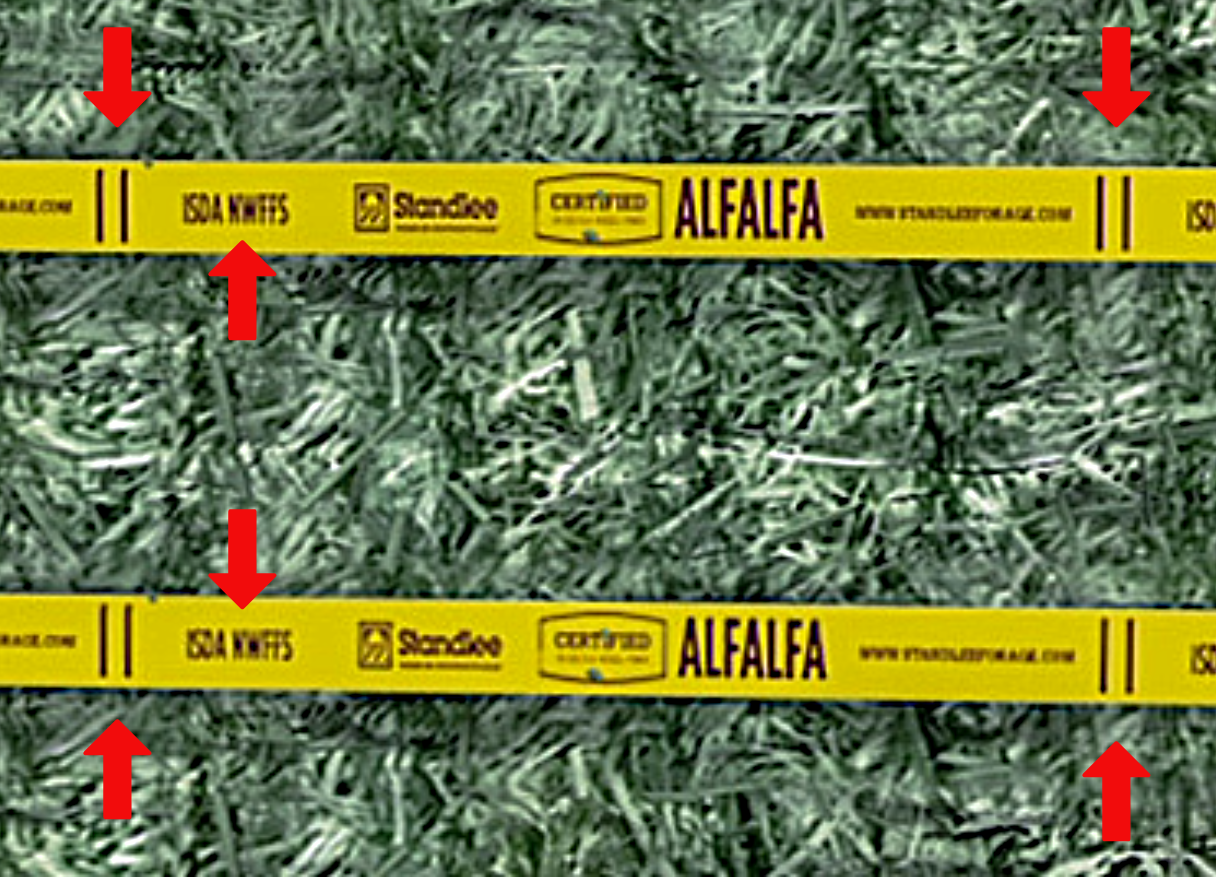HOW CAN I ARRANGE TO HAVE MY FIELD INSPECTED?
To request a field inspection or fee information, contact your County Weed Control Superintendent. Please contact several weeks prior to the intended harvest date.
An approved inspector must inspect a field prior to harvest, but no sooner than 10 days before harvest. If no prohibited weeds are detected, the inspector will issue a Certificate of NAISMA Standard or a Certificate of Idaho Standard.
NAISMA Standard: Free of weeds declared prohibited according to the NAISMA weed list and the Idaho State Noxious Weed list.
Idaho Standard: Free of weeds declared noxious on the Idaho State Noxious weed list.
Bales must be marked with either an ISDA NWFFS certification bale tag or NAISMA Standard (blue and orange) certification twine (minimum of 1 strand per bale). NAISMA Standard twine can only be used on bales that are certified to the NAISMA Standard. NWFFS certification bale tags and NAISMA Standard blue and orange twine is only available from the Certifying Inspector.
A Transit Certificate will be issued, upon request, for interstate shipments of certified forage or straw that is comprised of bales that are not marked with bale tags. (If bale tags are affixed, a transit certificate is optional).






